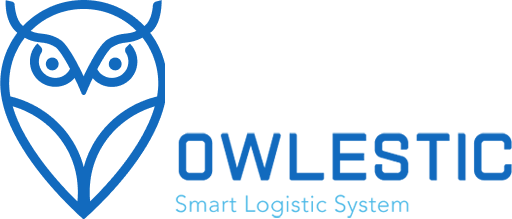Which Technology is Superior: GPS or Telematics? A Comparative Review in Fleet Management
8 Jan 2025Fleet management is a critical aspect in various industries, greatly affecting the overall performance of an organization. With technological advancements, two popular solutions, GPS and Telematics, have emerged as vital tools in fleet tracking and management. However, the question arises: which of these two technologies holds an advantage in fleet management? In this article, we will perform a comparative analysis of both technologies, highlighting their features, benefits, and drawbacks, helping you choose the best option for your specific needs.
Understanding GPS Technology: How It Works and Its Benefits in Fleet Management
The Global Positioning System (GPS) technology is actively used in fleet management. By utilizing satellites, it enables precise tracking of vehicles' location and movement. Through this system, fleet managers can monitor real-time vehicle movements and optimize routes to minimize delays. Due to its simplicity and accessibility, GPS has become one of the most popular choices for fleet tracking.
Key Benefits of GPS: High Accuracy, Low Costs, and Ease of Use
One of the standout advantages of the GPS system is its high accuracy in tracking vehicle positions. This precision allows fleet managers to assess vehicle performance more accurately and take necessary corrective actions. Furthermore, the installation and maintenance costs of GPS systems are lower compared to many other technologies, making it an attractive option for fleet managers who want cost-effective solutions. Additionally, the ease of use of the GPS system ensures that even non-technical managers can easily access the required information.
Drawbacks of GPS: Limited Data and Lack of Deep Analytics
Despite its many benefits, GPS has its own set of limitations. One of the biggest challenges is the lack of data depth the system provides. GPS primarily records location data and does not provide insights into driver behavior or vehicle performance. As a result, fleet managers may struggle to perform in-depth analysis or identify behavioral patterns. In cases where comprehensive data is required, the inability to conduct deep analytics can lead to gaps in decision-making and ineffective optimization.
Benefits of Telematics: Access to Comprehensive Data and Advanced Analytics for Performance Optimization
Telematics systems combine GPS technology with wireless communication, providing access to comprehensive data and advanced analytics. This system can offer critical information such as speed, fuel consumption, driver behavior, and vehicle technical status. Such data enables fleet managers to make more strategic decisions and improve fleet performance. Moreover, telematics can help identify driver behavior patterns and propose effective training programs to enhance safety and reduce operational costs.
Key Benefits of Telematics: In-Depth Data and Predictive Insights
The telematics system offers more than just location tracking. With the ability to collect data on fuel efficiency, driver habits, and vehicle diagnostics, it provides a holistic view of fleet performance. This can result in improved route planning, better fuel management, and enhanced safety through proactive maintenance and driver coaching.
Challenges with Telematics: High Costs and the Need for Specialized Skills
While telematics offers significant advantages, it also comes with its own set of challenges. The primary drawback is the high cost of installation and maintenance, which can be burdensome for some businesses. Additionally, utilizing telematics effectively requires specialized skills in data analysis and technology management. This need for expertise can present challenges for fleet managers when it comes to training staff or implementing the system efficiently. Therefore, it is crucial to weigh these costs and skill requirements when making decisions about adopting telematics.
Conclusion: Which Technology is Best for You?
Choosing between GPS and Telematics depends on your organization's specific needs. If you are looking for a simple, low-cost solution for tracking vehicle locations, GPS might be the best choice. However, if you require comprehensive data and advanced analytics for optimizing fleet performance, telematics would be a better fit. Regardless of your choice, Owlestic Fleet Management integrates both technologies, allowing for the combination of GPS and telematics to maximize efficiency. For more information, you can check out our product page.
Introducing Owlestic Fleet Management Software
Owlestic's fleet management software combines the capabilities of both GPS and telematics, providing fleet managers with powerful tools. This software allows users to leverage accurate, real-time data to optimize fleet performance and make better-informed decisions. For a more in-depth look at Owlestic’s fleet management software, visit our software page. Our technical experts are always ready to answer your questions and offer free consultations.
